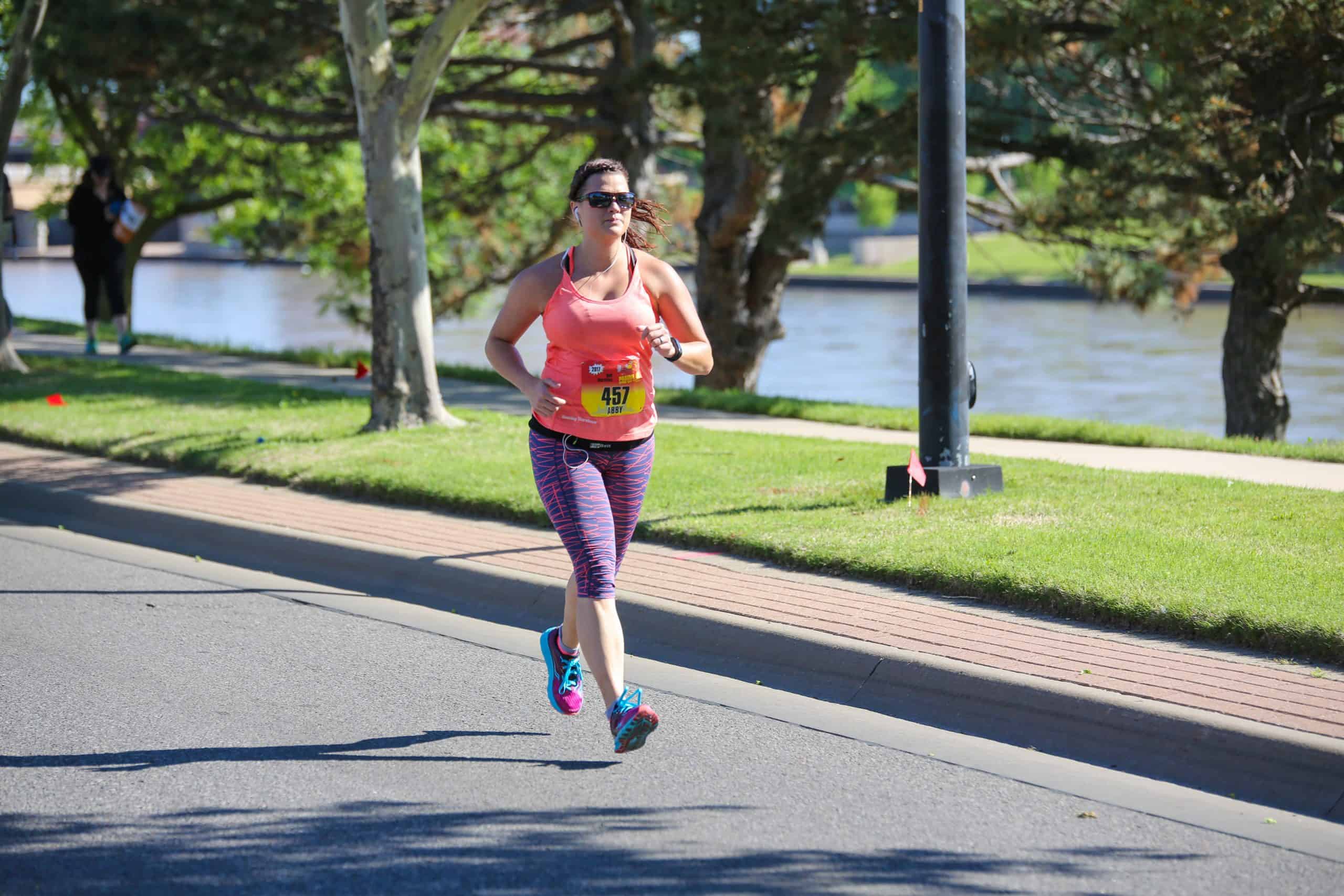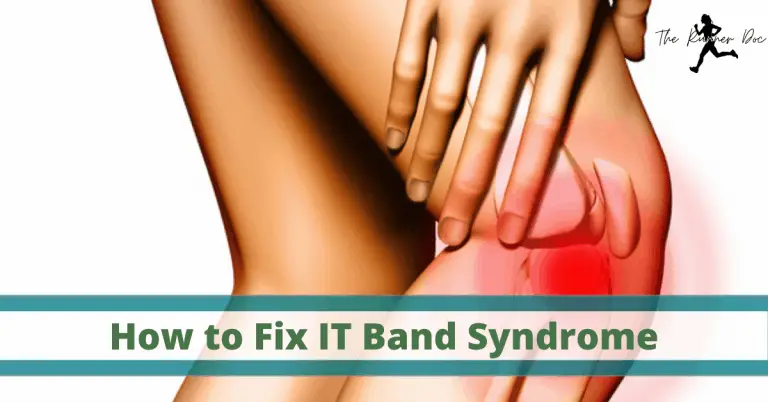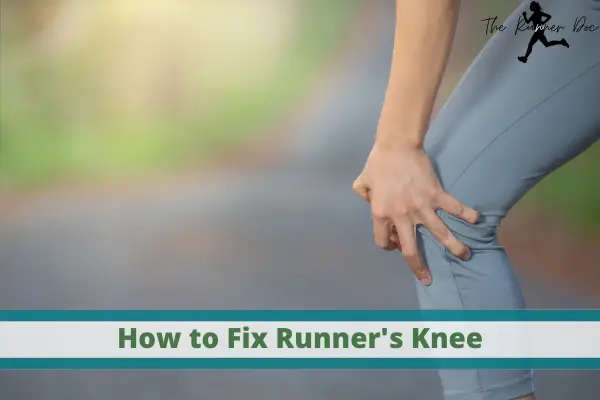How to Fix Peroneal Tendinopathy in Runners
How to Fix Peroneal Tendinitis
We are just trucking along with all of these ankle injuries and aches/pains that runners get. I hope that by now you have learned a lot and how big of a role the feet and ankles play in our health when it comes to running. Next on our list, we have to fix and prehab is peroneal tendinopathy.
As I normally do, in case you are new here, there is an interchangeable aspect to the name of this issue. Traditionally it has been known as tendinitis but recent research has changed the name to tendinopathy. Check out this post on Achilles Tendinopathy to learn the difference between the two words!
Anatomy of Peroneal Tendinopathy
There are two muscles in the lower leg that contribute to Peroneal Tendinopathy.
The peroneus brevis and peroneus longus which are located on the outside of your lower leg.
They both start up your lower leg a little bit on the fibula and come down around behind the lateral malleolus (the big bump on the outside of your ankle).
Their job is to help point your foot down (dorsiflex) and turn it out (eversion). These two muscles play a significant role in keeping your ankle stable when running.

What is Peroneal Tendinopathy?
Pain that is found just behind the ankle bone on the outside of your ankle can usually be attributed to the peroneals and their tendons.
This is commonly referred to as peroneal tendonitis but as we have discussed before we are trying to move away from the term tendinitis and toward tendinopathy. Check out my article, How to Fix Achilles Tendinopathy, if you want more information on tendinitis vs tendinopathy. Or for even more in-depth information on it check out this research article on tendinopathy.
We are going to take a step back real quick though. A panel of 16 experts determined that peroneal tendon pathology or dysfunction can be categorized into 3 groups.
1. Tendinopathy – Which is what we are focusing on.
2. Tear/rupture
3. instability/dislocation
The reason we are not focusing on the other two is due to the lack of evidence supporting physical therapist management being beneficial compared to surgery.
What Causes Peroneal Tendinopathy?
I think I’m going to start referring to these as the big 3. Because these are the 3 BIG reasons most runners get injured. No matter the injury these are it.
Sure there are some fluke ones out there that are the exception but these are the common ones. Yet again, they hold true for peroneal tendonitis.
Training Error – research shows that training error is involved in 60-80% of tendon problems in runners. Training error, as discussed in other places on the blog, is any change in training including distance, speed, hill work, interval training, etc too fast/too soon. This should be a gradual process to allow the body to adapt. Unfortunately, due to the high number of tendon problems with this as the cause, it isn’t always the case.
Running Biomechanics – Running inherently doesn’t cause injury, biomechanics does. Improper running form or mechanics will lead to injury. Get a gait analysis by a physical therapist to see how your biomechanics stack up! A note here/addition, sometimes things are biomechanically wrong due to a previous injury. I see so so many runners end up with a new injury about the time they are healing from a first. When we alter our running/gait pattern due to pain we are more likely to cause more issues elsewhere.
Poor movement control/Muscle Weakness – Movement control and muscle weakness are, in my opinion, pretty much the same thing. Lack of control at the hip, knee, and ankle can all play a part. Assess your single leg balance, single-leg heel raise, and single-leg squat. Things that you should look out for are the hip adducting (moving towards the middle), the knee collapsing in, and/or the ankle rolling in. These all demonstrate a motor control/muscle weakness that needs to be addressed. More than likely if any of these are happening you either have other aches and pains or you will soon.
Can Running Shoes Cause Peroneal Tendinopathy?
Not completely. No.
A shoe doesn’t cause injury unless it is the wrong size etc and causes you to fall.
However, that doesn’t mean that a shoe can’t be behind developing peroneal tendinopathy.
Shoes that don’t fit you right (they probably aren’t the most comfortable or you notice they make your foot turn in an odd way) will increase your likelihood of developing peroneal tendon issues. Also, rotate rotate rotate! Rotating shoes will reduce your injury risk by 39% !!
What Does Peroneal Tendinopathy Feel like?
The symptoms of Peroneal Tendinitis usually include progressively worsening pain and tenderness over the outside/lateral side of your ankle right around the big bump (malleolus), pain with turning in (inversion) and turning out (eversion) movements, as well as it feeling like it is going to “give out” or just feels unstable when you are standing on it.
Standing still on both feet or applying pressure to the area of pain shouldn’t cause too much discomfort though which is different from others that we have talked about recently.
Physical Therapy Exercises for Peroneal Tendinopathy
This is not the place where I give you a bunch of ankle exercises. While those are important a lot of the injury and issues of peroneal tendinopathy stem from whole body issues.
Things such as weakened hips and poor mobility will contribute to the development of peroneal tendinopathy.
I like to start my runners out with a simple test. Just standing on one leg.
Can you do it? Are you able to keep your hips level and still maintain your balance? If the answer is no then this is your first step to practice. Become more aware of you body and how your hips move.
Zig Zags
Resistance band eversion
sidelying hip abduction
When Can I Run Again After Peroneal Tendinopathy?
Movement is Medicine.
With tendinopathy rest is not recommended. I typically recommend runners to keep running just at a lower intensity and distance. Basically, if you have more than 5/10 pain then stop your run there.
This is a time when a runner really needs to know their body and assess how things are feeling. I still want someone to run and keep moving just in a modified way as to not increase load or pain on the tendons.
Keep in mind though, if your pain progressively is increasing while you are still running then you should definitely back off and take a rest day.
Another sign that you shouldn’t run is if you are limping while you run. This is going to cause a whole host of problems for you in the long run and is an indication your pain is too high to continue running currently.
How Long Does it Take for Peroneal Tendinopathy to Heal?
This is a tough one to answer for most injuries. There are a lot of factors. Such as how long has it been an issue and how severe is the issue. Also, what is the root cause? Poor biomechanics or too much load?
Running biomechanics can take a while to fix due to changing the way you run and can prolong your recovery from peroneal tendinopathy.
Final Thoughts on Peroneal Dysfunction and Pain
Overall this can be a decently harmless injury. IF it is taken care of in a timely manner. Peroneal tendinopathy, if left untreated, like most other injuries can turn into something much more problematic and time consuming to fix.
The best policy is always to do preventative measures to make sure you don’t develop peroneal tendinopathy. However, if you do happen to have some issues in this area. The sooner you start addressing them the less of a problem they will become.
Runners are notorious for pushing through pain. Something most runners need to learn and do learn sometimes the hard way is what is pain that needs to be pushed through and what pain needs to be addressed.
Related Running Foot Injury Articles
How to Fix Achilles Tendinopathy
How To Fix Flat Feet in Runners?
The 6 Best Exercises that Runners Must Do Now!
Keep Running!
AFFILIATE DISCLOSURE
As an Amazon Associate, I earn from qualifying purchases. This post may contain affiliate links. If you use these links to buy something we may earn a commission. The Site may contain links to affiliate websites, and we receive an affiliate commission for any purchases made by you on the affiliate website using such links.
References
https://www.ncbi.nlm.nih.gov/pmc/articles/PMC6154028/pdf/167_2018_Article_4971.pdf

Physical Therapy for Runners with Peroneal Tendinopathy

Dr. Abby Siler, PT, DPT is a Physical Therapist with 10 years of experience in a variety of settings. She has spent the majority of her time treating athletes in orthopedic clinics and worker’s compensation cases. She is a runner herself for the past 15 years and a lifelong athlete. Dr. Abby loves to teach runners how to stay injury free and out of her clinic.







